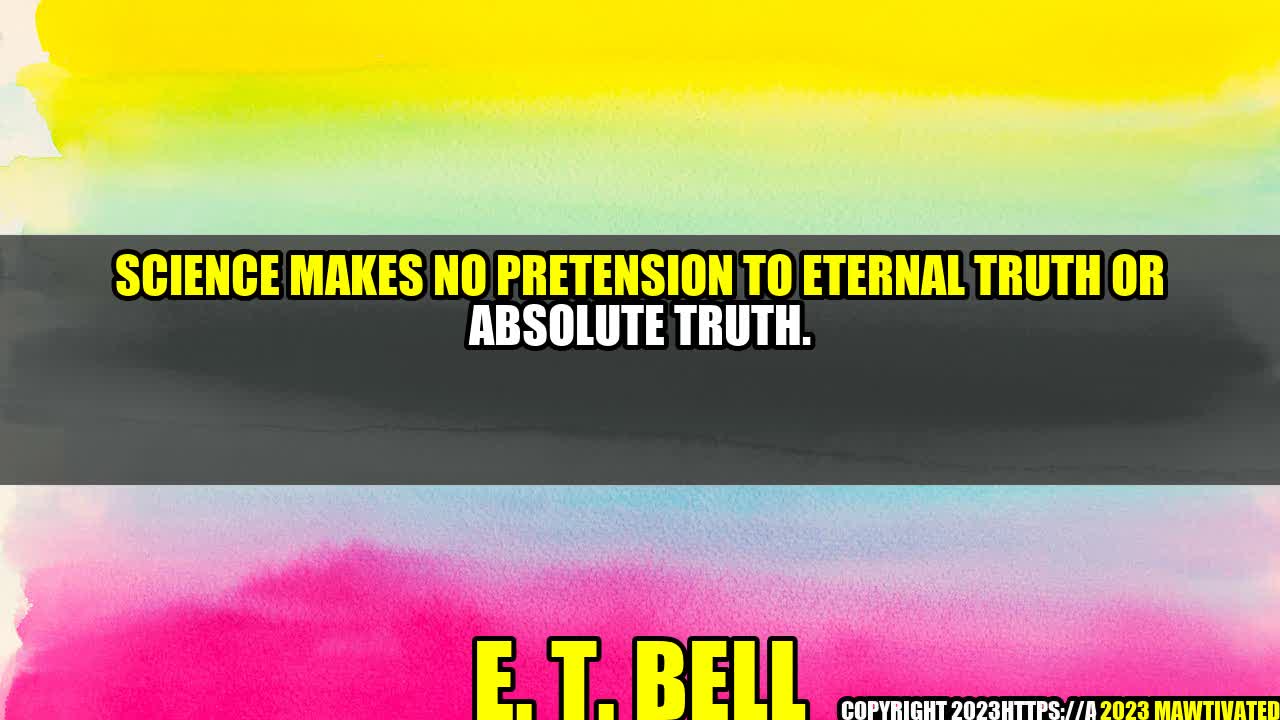Science and Truth – An Unbreakable Bond

There was a time when people believed that the earth was flat. Sailors feared falling off the edge at sea, and explorers were ridiculed for suggesting they could travel around the world. But one man, Christopher Columbus, refused to accept this “truth.” He believed the earth was round, and his intuition and courage led him to discover new lands. Columbus is not only an inspiring figure for those who seek adventure but also a testament to the power of science and truth.
E. T. Bell, a mathematician, once said, “Science makes no pretension to eternal truth or absolute truth.” Bell was right – science isn’t about certainties or dogma. Instead, it’s about seeking the truth, testing it with evidence, and revising our beliefs when new evidence emerges.
Examples of Science and Truth in Action
Here are some examples of how science and truth work together:
- Galileo’s observations through his telescope helped him to discover that the earth revolved around the sun, not the other way around.
- Researchers who diligently studied the properties of light eventually discovered that it has both wave-like and particle-like behavior.
- Scientists who investigated the structure of atoms realized that they consist of protons, neutrons, and electrons.
and Case Studies
Let’s take a look at two personal anecdotes that illustrate the importance of science and truth:
I once believed that vaccines could cause autism. I read articles online and heard stories from friends that supported this idea. But then I looked at the scientific research and found that there was no evidence to support this claim. In fact, the original research that suggested a link between vaccines and autism has been thoroughly debunked. Since then, I’ve changed my beliefs and now advocate for vaccines.
Another example comes from a teacher who once taught her students that the only way to reduce friction between two surfaces was to apply oil. But then she conducted an experiment with sandpaper and water and found that the sandpaper moved more smoothly with water than with oil. She revised her lesson to include this new information.
Conclusion
In conclusion, science and truth go hand in hand. We must be willing to question “truths” and test them with evidence. Here are three practical tips for pursuing science and truth:
- Be open-minded and willing to revise your beliefs when new evidence arises.
- Take the time to investigate claims and check the evidence before accepting them.
- Support scientific research and education to ensure that we continue to learn and discover.

Curated by Team Akash.Mittal.Blog
Share on Twitter
Share on LinkedIn